Exploring Karachi's Rich Tapestry: A Journey Through Its Historical Landmarks
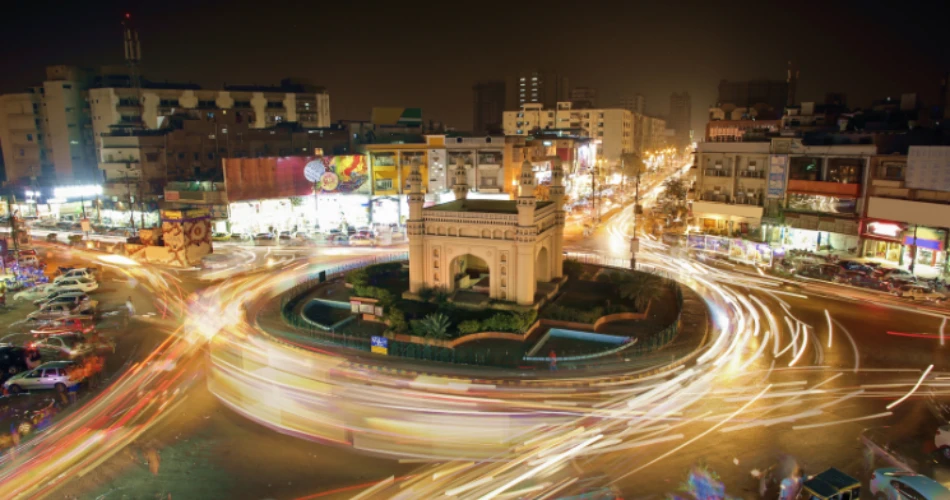
Karachi, Pakistan's bustling metropolis, is a city where history intertwines seamlessly with modernity. From its colonial-era architecture to sites of immense cultural significance, Karachi offers a plethora of historical landmarks that narrate tales of its rich past. For history enthusiasts and casual travelers alike, these landmarks in Karachi provide a captivating glimpse into the city's evolution. Embarking on a journey through these sites not only enriches one's understanding of Karachi's heritage but also highlights the city's role as a melting pot of diverse cultures and traditions.
Mazar-e-Quaid: The Resting Place of Pakistan's Founder

At the heart of Karachi stands Mazar-e-Quaid, the mausoleum of Muhammad Ali Jinnah, the founder of Pakistan. This modernist structure, completed in 1971, is characterized by its striking white marble facade and a serene ambiance that befits the stature of the leader it commemorates. Surrounded by lush gardens, the mausoleum also houses the graves of Jinnah's sister, Fatima Jinnah, and other prominent leaders. Visitors often reflect on the nation's journey to independence while paying their respects at this iconic site, making it a pivotal attraction in Karachi.
Address: M.A. Jinnah Road, Karachi
Frere Hall: A Glimpse into Colonial Grandeur
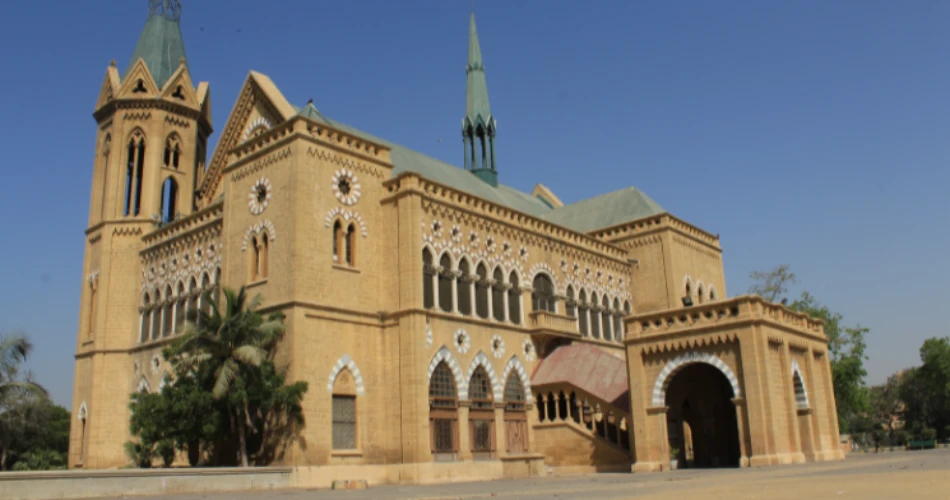
Constructed in 1865, Frere Hall is a testament to Karachi's colonial heritage. Originally serving as a town hall, this Venetian Gothic-style building now functions as a library and exhibition space. Its lush gardens provide a tranquil escape from the city's hustle and bustle. The hall's ceilings are adorned with murals by the renowned Pakistani artist Sadequain, adding an artistic flair to its historical significance. Frere Hall stands as a symbol of Karachi's architectural splendor and is a must-visit attraction for those interested in the city's colonial past.
Address: Fatima Jinnah Road, Saddar, Karachi
Merewether Clock Tower: Timekeeping Through the Ages
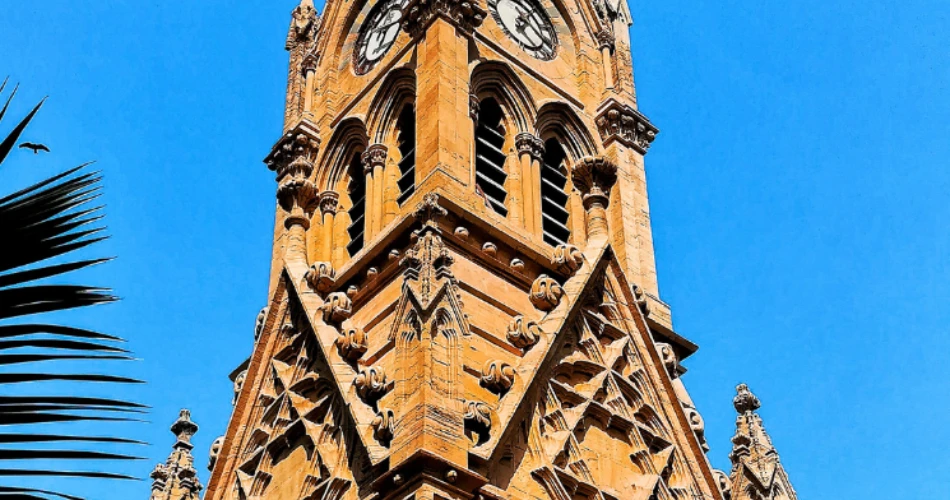
Erected in 1892, the Merewether Clock Tower is a neo-Gothic monument named after Sir William L. Merewether, a former Commissioner of Sindh. Standing at a height of 102 feet, the tower was designed by architect James Strachan and served as a marker for travelers arriving from the port. Its intricate stonework, crafted by local stonemasons, showcases the architectural prowess of the era. Today, the tower remains a significant landmark, reflecting Karachi's historical journey and urban development.
Wazir Mansion: Birthplace of a Leader
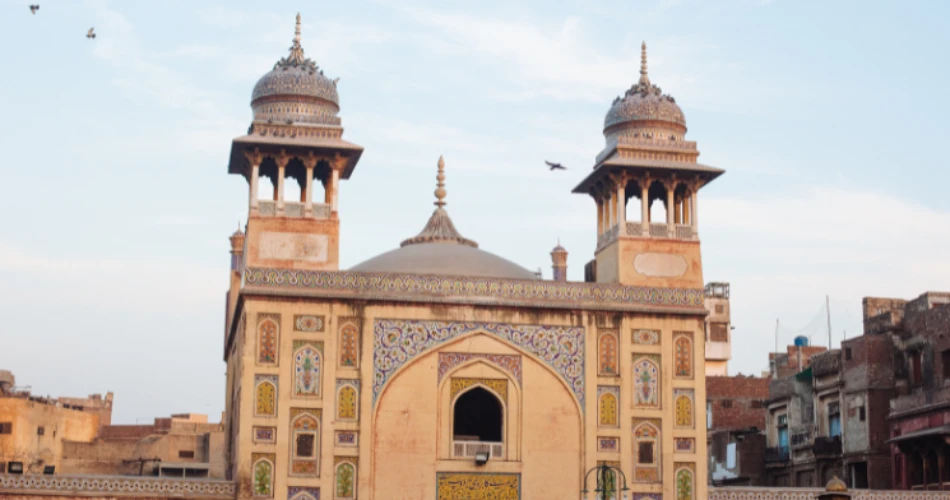
Wazir Mansion holds a special place in Pakistan's history as the birthplace of Muhammad Ali Jinnah. Constructed between 1860 and 1870, this three-story building now serves as a museum, preserving artifacts and memorabilia related to Jinnah's life. Visitors can explore various exhibits that offer insights into the early life of the nation's founder, making it a poignant destination for those keen on understanding Pakistan's inception.
Address: Kharadar, Karachi
Empress Market: A Bustling Remnant of the Raj
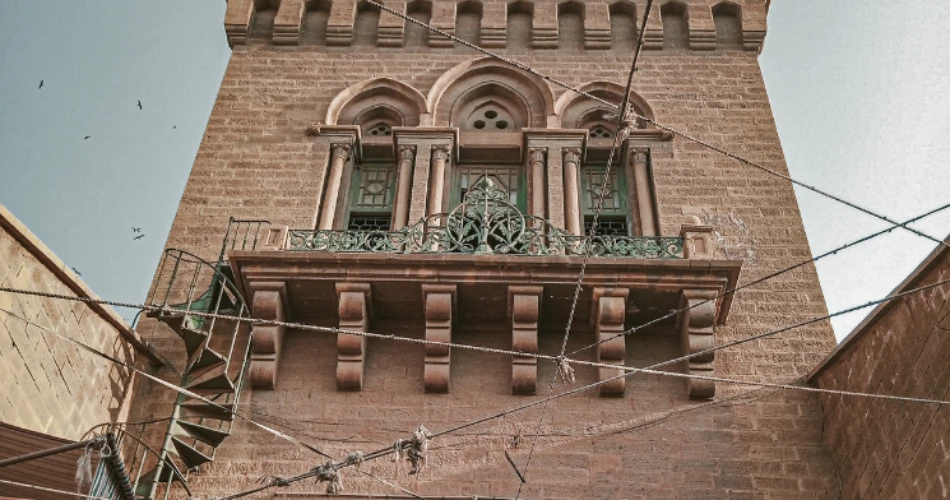
Empress Market, built between 1884 and 1889, is one of Karachi's most vibrant marketplaces. Named in honor of Queen Victoria, the market's Gothic-style architecture stands as a reminder of the British colonial era. Today, it buzzes with activity, offering a wide array of goods ranging from fresh produce to traditional handicrafts. A visit to Empress Market provides a sensory overload, capturing the essence of daily life in Karachi and serving as a living testament to the city's enduring commercial spirit.
Address: Saddar, Karachi
Mohatta Palace: A Blend of Art and Architecture
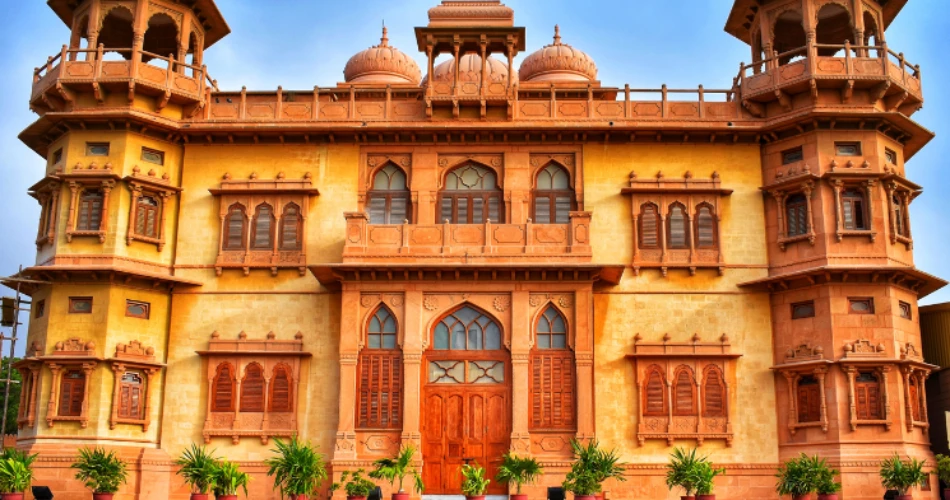
Constructed in 1927, Mohatta Palace was originally the residence of a wealthy Hindu businessman, Shivratan Chandraratan Mohatta. The palace's architecture is a fusion of Rajput and Mughal styles, featuring exquisite stone carvings and expansive gardens. Today, it functions as a museum, hosting art exhibitions and cultural events that celebrate Pakistan's rich heritage. Visitors to Mohatta Palace can immerse themselves in the country's artistic traditions while appreciating the grandeur of early 20th-century architecture.
Address: Hatim Alvi Road, Clifton, Karachi.
St. Patrick's Cathedral: A Testament to Religious Harmony
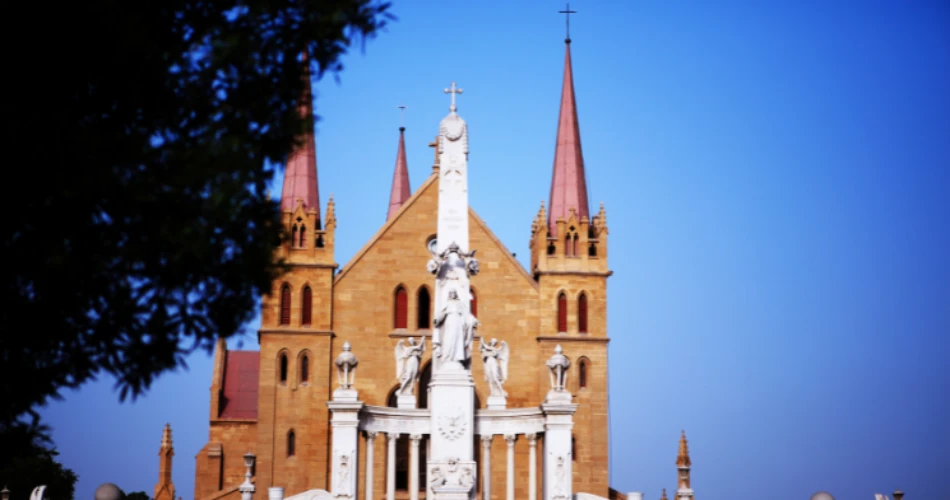
Established in 1881, St. Patrick's Cathedral is one of Karachi's oldest and most significant churches. Its Gothic Revival architecture, characterized by towering spires and intricate stained glass windows, reflects the city's diverse religious fabric. The cathedral continues to serve as a place of worship and community gathering, symbolizing Karachi's long standing tradition of religious coexistence. A visit to this cathedral offers a serene experience amidst the urban landscape, highlighting the city's multifaceted identity.
Address: Shahrah-e-Iraq, Saddar, Karachi
Khaliqdina Hall: Nurturing Intellectual Pursuits
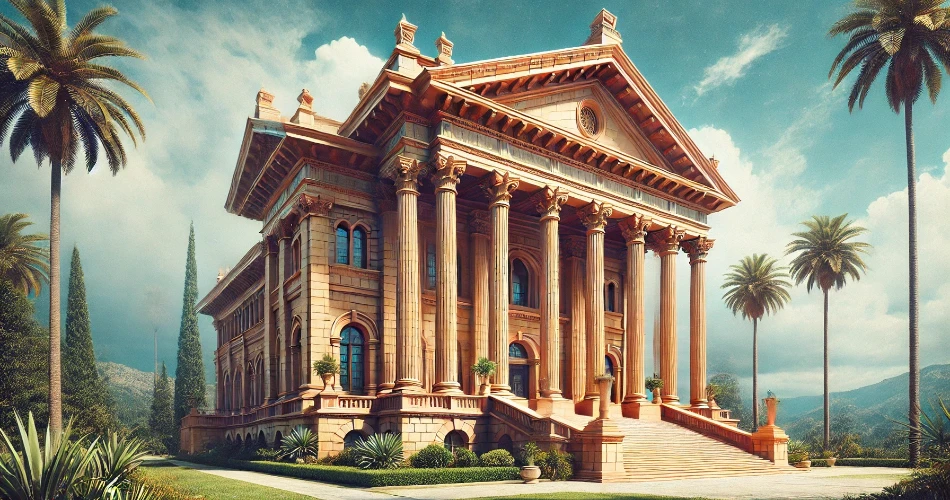
Khaliqdina Hall, inaugurated in 1906, has been a focal point for educational and cultural activities in Karachi. The hall's architecture reflects the Indo-Saracenic style, blending Islamic and Victorian elements. Over the years, it has hosted numerous literary events, debates, and gatherings, contributing significantly to the city's intellectual landscape. Today, Khaliqdina Hall stands as a testament to Karachi's commitment to fostering knowledge and cultural exchange, making it a noteworthy place to visit in Karachi for those interested in its educational heritage.
Address: M.A. Jinnah Road, Karachi
Denso Hall: A Beacon of Literary Heritage
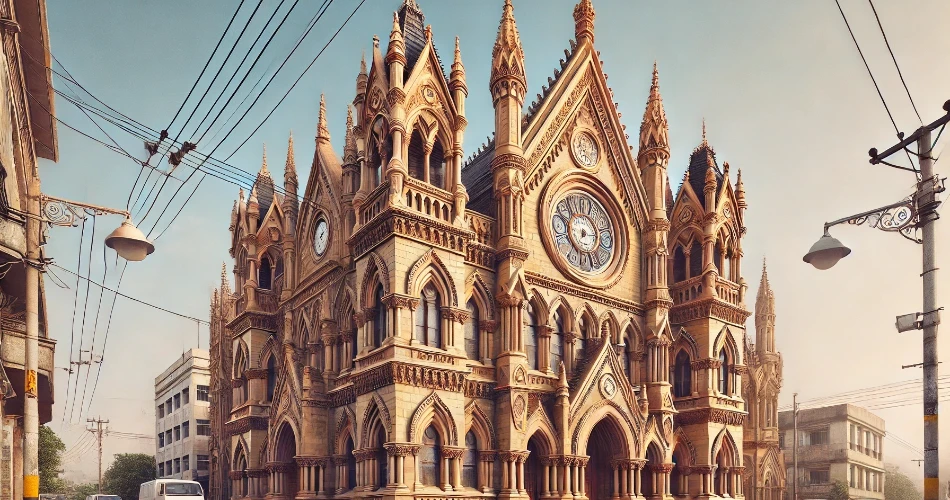
Established in 1886, Denso Hall served as Karachi's first library and reading room. Designed by architect James Strachan, the building showcases Venetian Gothic architecture. It played a pivotal role in promoting literacy and education during the colonial era. Today, Denso Hall stands as a reminder of the city's commitment to knowledge and learning, with ongoing efforts to preserve its structure and legacy for future generations.
Address: M.A. Jinnah Road, Karachi
Hindu Gymkhana: A Symbol of Cultural Diversity
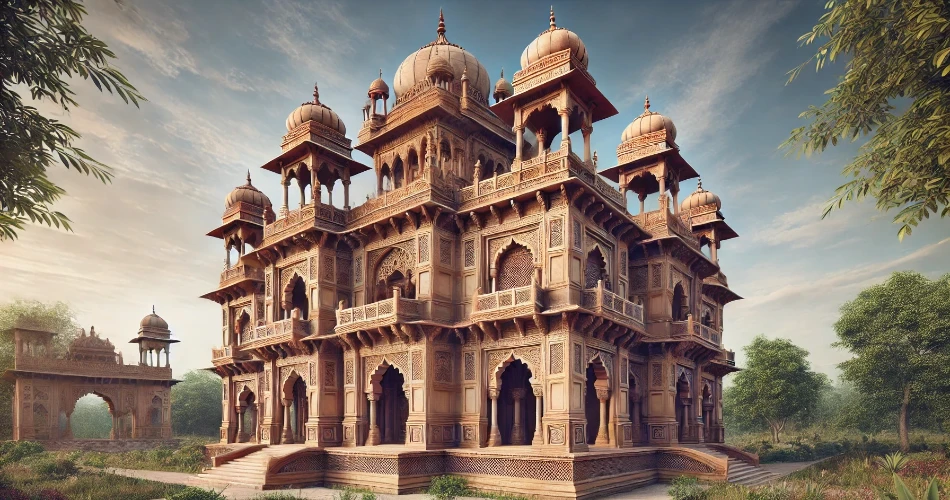
Built in 1925, the Hindu Gymkhana was originally established as a social and recreational club for Karachi's Hindu community. The building features striking Rajasthani and Mughal architectural influences, making it one of the most visually captivating structures in the city. Over the years, it has been repurposed and now serves as the National Academy of Performing Arts (NAPA), where students learn classical and contemporary performing arts. A visit to the Hindu Gymkhana is a journey through Karachi’s multicultural history, offering insight into its vibrant artistic and social heritage.
Address: M.R. Kayani Road, Karachi.
Conclusion
Karachi’s historical landmarks narrate a compelling story of resilience, evolution, and cultural harmony. From the majestic Mazar-e-Quaid to the grand Mohatta Palace, each of these sites offers a unique glimpse into the city's past. Whether exploring colonial-era markets or architectural masterpieces, these landmarks in Karachi serve as a bridge between history and modernity. For travelers, history buffs, and photographers alike, Karachi's heritage sites are an essential part of understanding the city's spirit. These locations not only preserve the past but also inspire generations to come, ensuring that Karachi's legacy remains as vibrant as ever.




